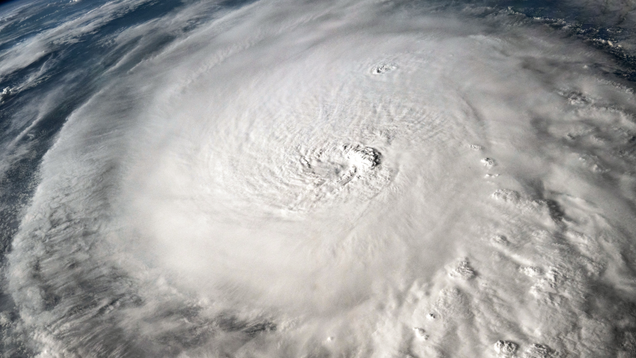Understanding the Impact of Hurricane Milton on Florida
Hurricane Milton made headlines recently as it made landfall in Florida, bringing with it devastating winds and storm surges. With wind speeds reaching up to 130 mph, the hurricane posed significant risks to both life and property. This article delves into the various aspects of Hurricane Milton, including its effects, emergency responses, and the poignant tribute paid to a deceased scientist during this natural disaster.
What Were the Immediate Effects of Hurricane Milton?
The immediate impact of Hurricane Milton was felt across Florida, particularly in coastal regions. The storm surge was reported to be substantial, leading to widespread flooding in low-lying areas. According to the National Oceanic and Atmospheric Administration (NOAA), storm surges can cause water levels to rise dramatically, often resulting in catastrophic flooding. In the case of Hurricane Milton, areas that were previously considered safe were quickly inundated, prompting urgent evacuation orders.
The winds associated with Milton were equally alarming. With gusts reaching 130 mph, the hurricane had the potential to uproot trees, damage buildings, and disrupt power lines. A report from the National Hurricane Center indicated that such wind speeds can cause severe structural damage, particularly to homes that are not built to withstand hurricanes. Residents were urged to seek shelter and follow evacuation orders to ensure their safety.
How Did Emergency Services Respond to the Hurricane?
In the wake of Hurricane Milton, emergency services were put on high alert. Local authorities activated their emergency response plans, which included setting up shelters for evacuees and deploying first responders to assist those in need. The Florida Division of Emergency Management reported that nearly 1,500 residents evacuated from vulnerable areas, demonstrating the effectiveness of pre-storm preparedness efforts.
Additionally, the coordination between local, state, and federal agencies was crucial in managing the crisis. The Federal Emergency Management Agency (FEMA) played a vital role in providing resources and support to affected communities. Their involvement ensured that essential services, such as food, water, and medical assistance, were available to those impacted by the hurricane.
What Was the Significance of the Scientist’s Ashes?
One of the most unusual aspects of Hurricane Milton was the tribute paid to a deceased scientist by the NOAA. The ashes of the scientist were released into the eye of the storm, a symbolic gesture that highlights the intersection of human life and natural phenomena. This act serves as a reminder of the contributions made by scientists in understanding and predicting hurricanes, ultimately saving lives through their research.
The decision to scatter ashes in such a dramatic fashion raises questions about the relationship between humanity and nature. It reflects a deep respect for the natural world and acknowledges the role that scientific inquiry plays in mitigating the effects of disasters like hurricanes. This poignant moment amidst the chaos of Hurricane Milton underscores the importance of scientific advancement in disaster preparedness and response.
What Can Residents Learn from Hurricane Milton?
Hurricane Milton serves as a stark reminder of the power of nature and the importance of preparedness. Residents in hurricane-prone areas should take proactive measures to safeguard their homes and families. Here are some actionable insights based on the experiences from Hurricane Milton:
1. **Stay Informed**: Regularly monitor weather updates and heed warnings from local authorities. Understanding the projected path and intensity of a storm can help in making timely decisions.
2. **Create an Emergency Plan**: Families should have a comprehensive emergency plan that includes evacuation routes, communication strategies, and a designated meeting place.
3. **Prepare an Emergency Kit**: Stock up on essential supplies, including water, non-perishable food, medications, and first-aid supplies. Having these items readily available can make a significant difference during a crisis.
4. **Secure Your Property**: Take steps to reinforce your home against high winds and flooding. This may include installing storm shutters, securing outdoor furniture, and elevating electrical systems.
5. **Engage with the Community**: Building a network with neighbors can enhance community resilience. Sharing resources and information can be invaluable during emergencies.
By learning from the experiences of Hurricane Milton, residents can better prepare for future storms, ultimately reducing the risks associated with such natural disasters.
In summary, Hurricane Milton was not just a meteorological event; it was a complex interplay of human resilience, scientific tribute, and the raw power of nature. As communities recover and rebuild, the lessons learned from this hurricane will undoubtedly shape future preparedness efforts.

